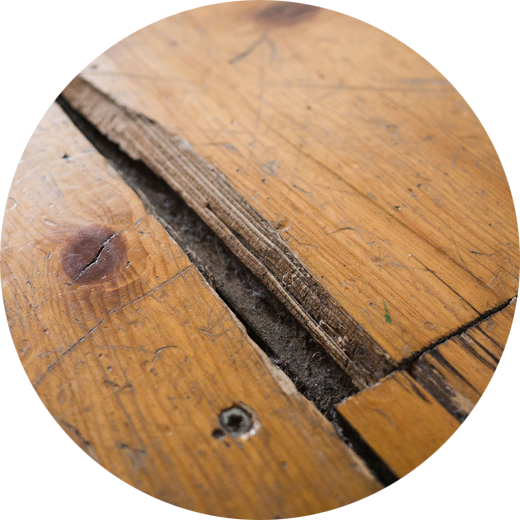What should you not do when sanding floors?
Sanding floors is an important step in refinishing hardwood floors, as it helps to remove old finishes, scratches and imperfections in the wood. However, sanding can be a complex process, and there are certain things that should be avoided to ensure a successful outcome.
From preparing the area to using the appropriate safety equipment and sandpaper, to avoiding common mistakes such as pressing too hard or failing to properly clean up, there are a number of key considerations that must be taken into account.
In this article, we will explore five important things to avoid when sanding floors to ensure a smooth and successful refinishing project.
Whether you are a DIY enthusiast and want to sand your floors yourself or a professional contractor, following these tips will help you achieve the desired result and protect the integrity of your hardwood floors.

Neglecting to properly prepare the area before sanding:
Before sanding floors, it’s important to properly prepare the area to avoid causing unnecessary damage. This includes removing all furniture, rugs, and other items from the room, and covering any built-in fixtures such as vents or light fixtures with plastic or tape to protect them from dust and debris.
It’s also important to ensure that the floor is completely free of any debris, nails or staples that may damage the sandpaper or the machine during sanding. Failing to properly prepare the area can lead to uneven sanding, scratches, or even damage to the sanding machine.
Skipping or using the wrong type of safety equipment:
Sanding floor boards can be a messy and potentially dangerous process, so it’s important to wear the appropriate safety equipment. This includes a dust mask or respirator to protect against inhaling dust particles, safety goggles to protect against flying debris, and ear protection to guard against loud noises.
Skipping any of these safety measures can result in respiratory problems, eye injuries, or hearing damage. Additionally, it’s important to ensure that the equipment being used is in good working condition, and that the sandpaper is installed correctly.
Starting with too coarse a grit sandpaper:
Using the wrong grit sandpaper can result in scratches, gouges or unevenness in the floor. Starting with too coarse a grit sandpaper can remove too much of the surface of the floor, making it difficult to achieve a smooth finish.
It’s important to begin with a fine grit sandpaper and gradually work up to coarser grits as needed to remove any remaining finish or imperfections in the floor.
Starting with too fine a grit sandpaper, on the other hand, may not be effective in removing the finish, and can lead to additional work.
Pressing too hard or sanding too aggressively:
Pressing too hard or sanding too aggressively can cause the sandpaper to wear down quickly, leading to an uneven finish or damage to the machine.
It’s important to let the machine do the work and use a light touch, allowing the weight of the machine to apply the necessary pressure. It’s also important to keep the machine moving, avoiding lingering in one spot for too long.
Additionally, it’s important to use the right technique, working in the direction of the grain to avoid creating swirls or uneven patches.
Failing to properly clean up after sanding:
Once the sanding is complete, it’s important to thoroughly clean up the area to avoid spreading dust and debris throughout the house.
This includes vacuuming the entire room, wiping down any surfaces that may have collected dust, and sweeping or mopping the floor. Neglecting to clean up properly can lead to respiratory problems, and can make it more difficult to apply any finishes or coatings to the floor.
It’s also important to properly dispose of any sanding debris, following any local regulations or guidelines for disposal.

Leave A Comment